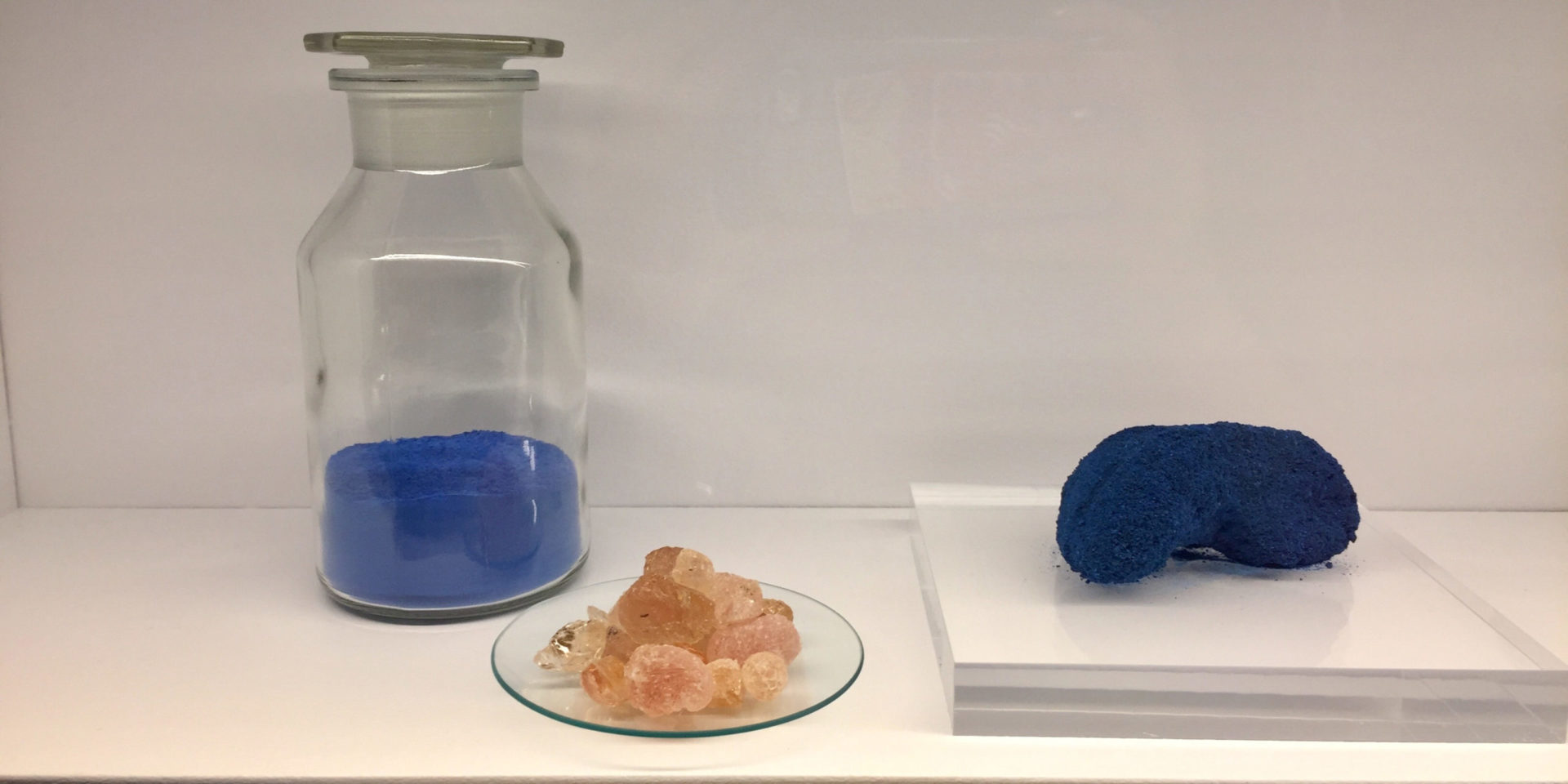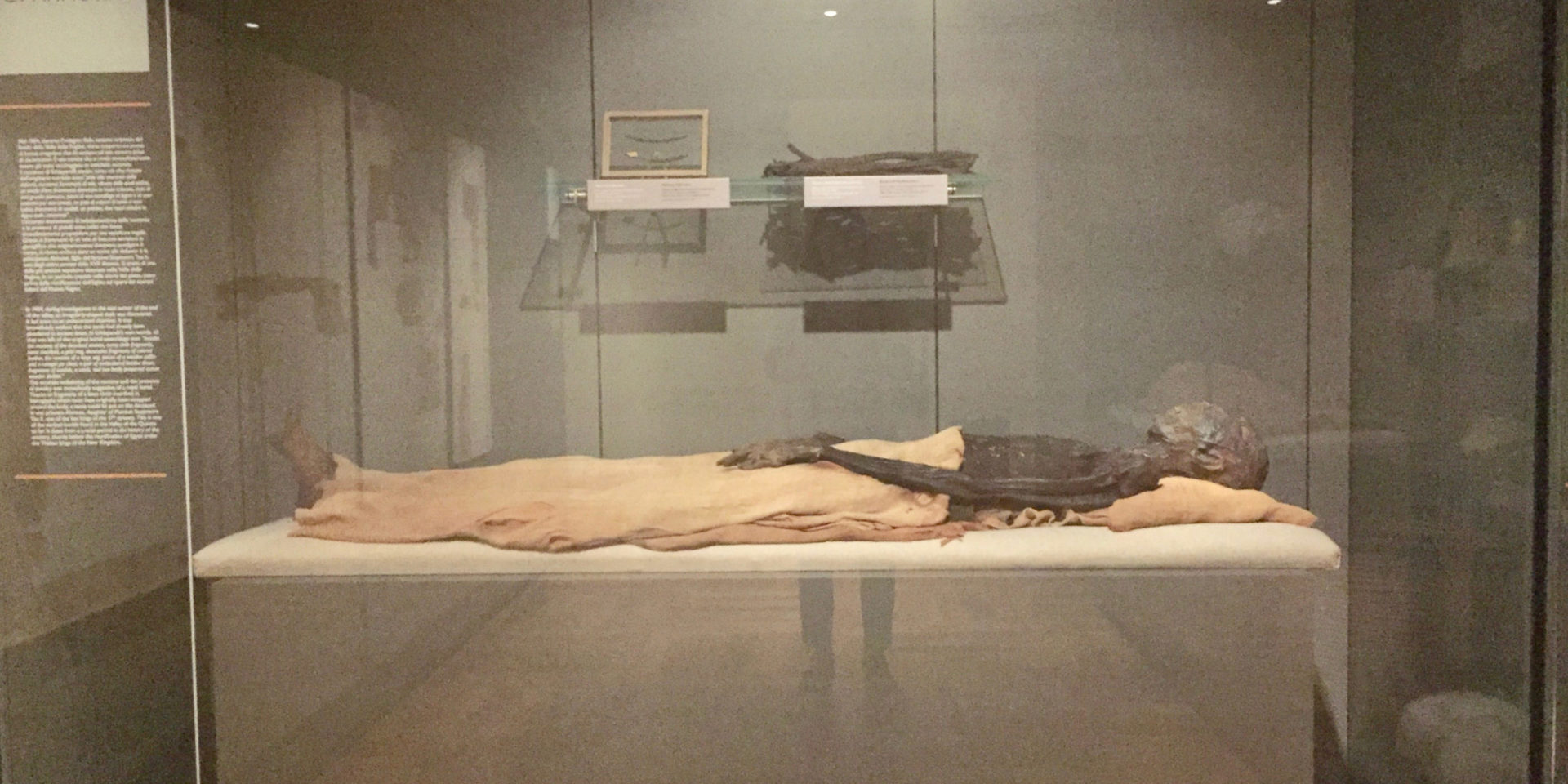ONE-MA3: Day XXIV: A Grand Gypsum-Filled Finale
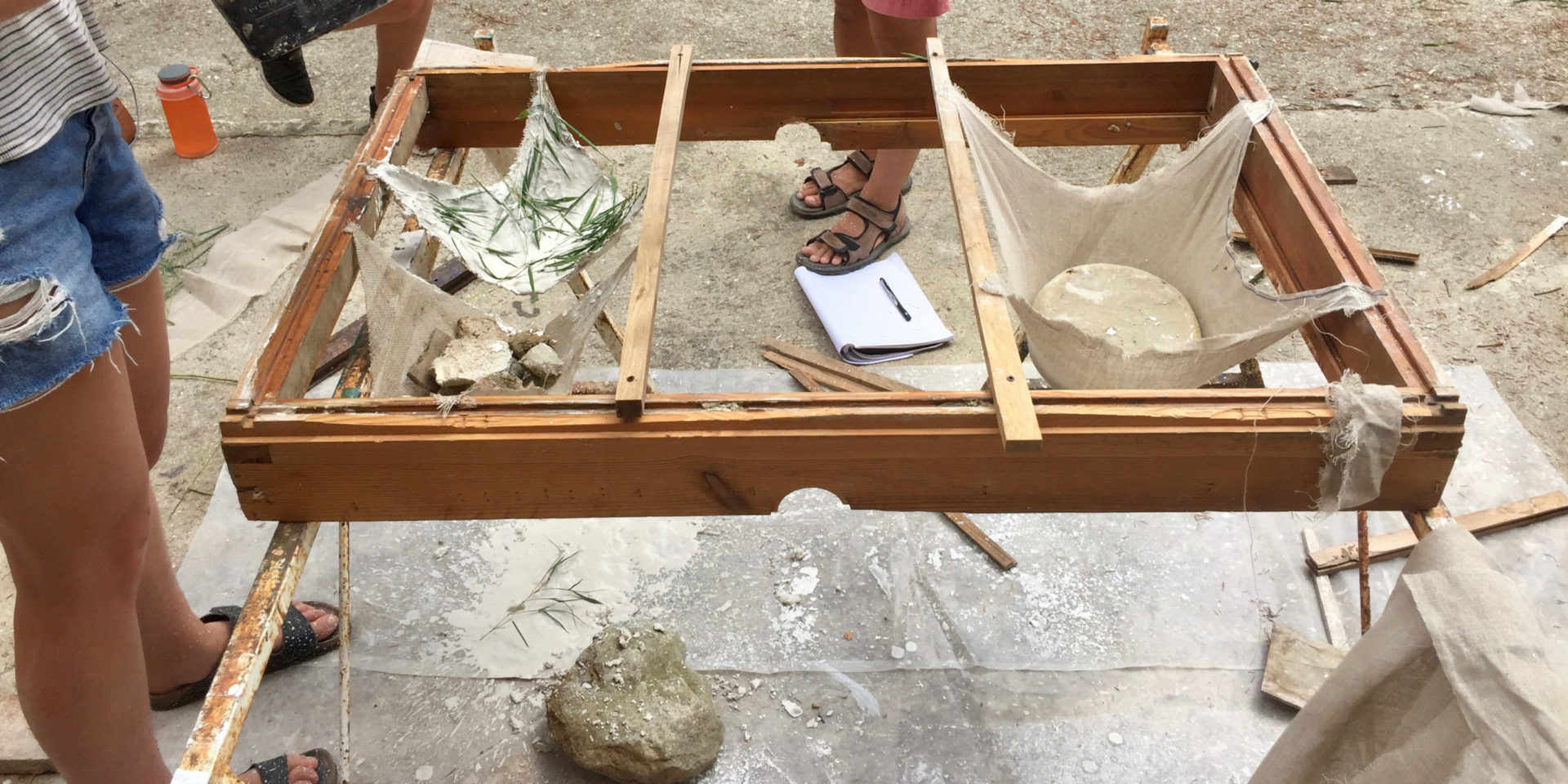
By Sophia Mittman ’22
Even though the bittersweet end of the ONE-MA^3 program has been rapidly approaching, our pace of completing research has kept at a quick clip, if not even faster than it has been in the previous three weeks! We spent no time this last day dilly-dallying. Instead, we got to discover more about gypsum and continued learning about the physics and math behind structures (like domes and vaults), closely related to what we learned from John Ochsendorf at the American Academy in Rome a couple weeks ago. Even though we’ve had multiple introductions to gypsum already, Marco Nicola gave us one final, in-depth explanation of gypsum, specifically describing most things scientific about its structure. For one thing, we learned about the chemical name of gypsum, calcium sulfate, which is often confused with chalk, which is actually calcium carbonate. He also expanded some scientific terms that at first had our heads spinning—like anhydrite and hemihydrate—but which began to make sense almost immediately as we got to witness the entire process of mixing in forming gypsum in action.
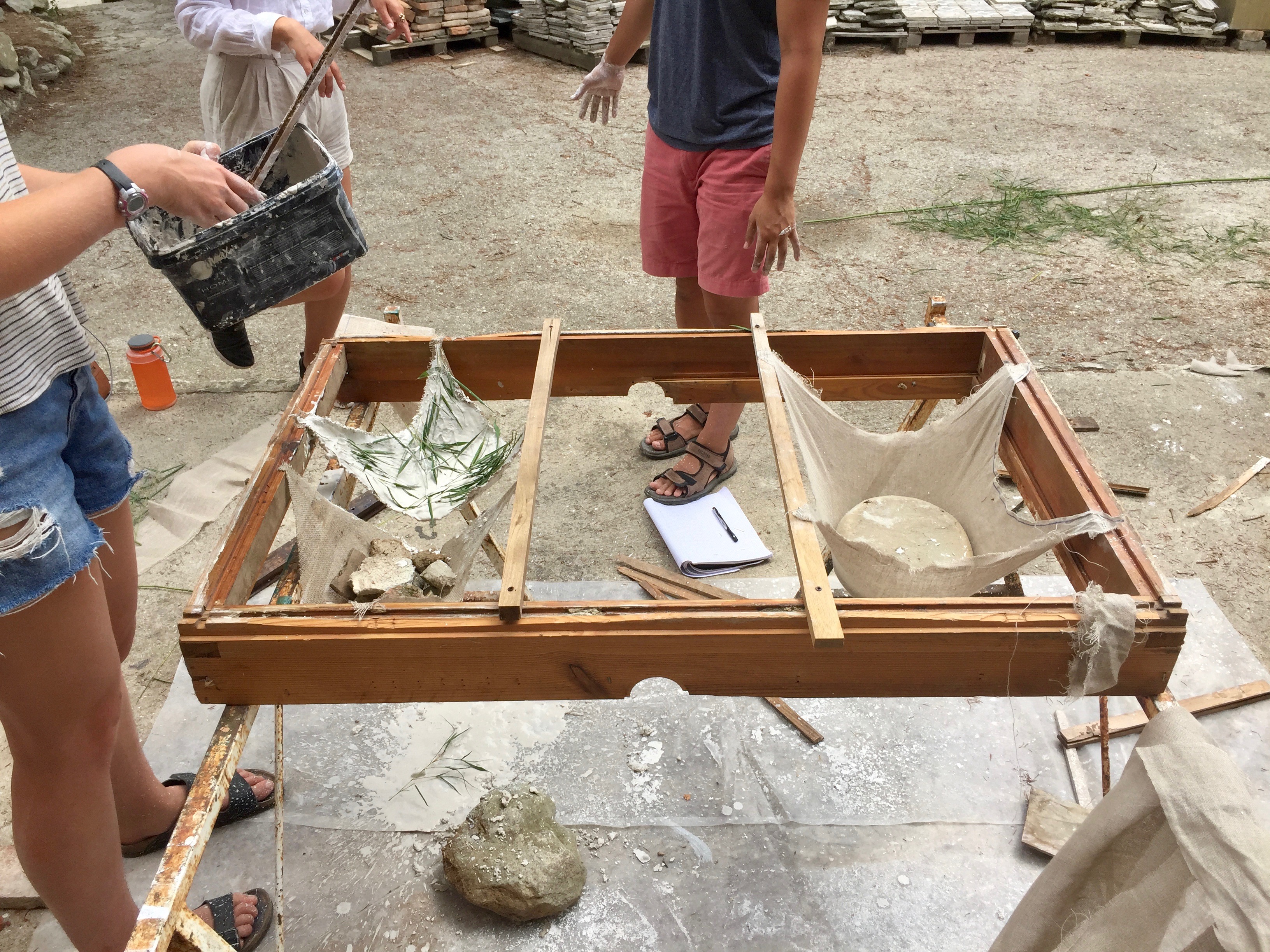
Beginning to form out mini-gypsum structures and experimenting with various interior supports
In the past couple times that we’ve learned about gypsum, we usually get to see it in the form of already-made stucco in the interiors of museums or fancy buildings. This time, though, we were able to get our hands dirty and combine everything we have learned about gypsum by creating our own miniature vaulted structures out of plaster. And indeed we did get dirty, in the sense that by the end of the day most of us were covered from head to toe with splatters of white gypsum. We started off, though, with small funicular structures by stapling the corners of square, rectangular, and/or triangular pieces of canvas onto secure wooden frames. Then, we mixed powdered gypsum with water in order to create a viscous slurry and applied the wet plaster to our hanging canvas nets layer after layer. At this point, we were not only experimenting with the shape of the structure. We were also exploring what types of materials could be used to reinforce the strength of the vault internally, such as bamboo branches and leaves. From this mini-project, we found that, once the structures were flipped right-side-up from the frames, they were in need of strong, thick layers of gypsum around the edges and especially around the points-of-contact with the ground in order to maintain structural stability when acted upon by an external load.
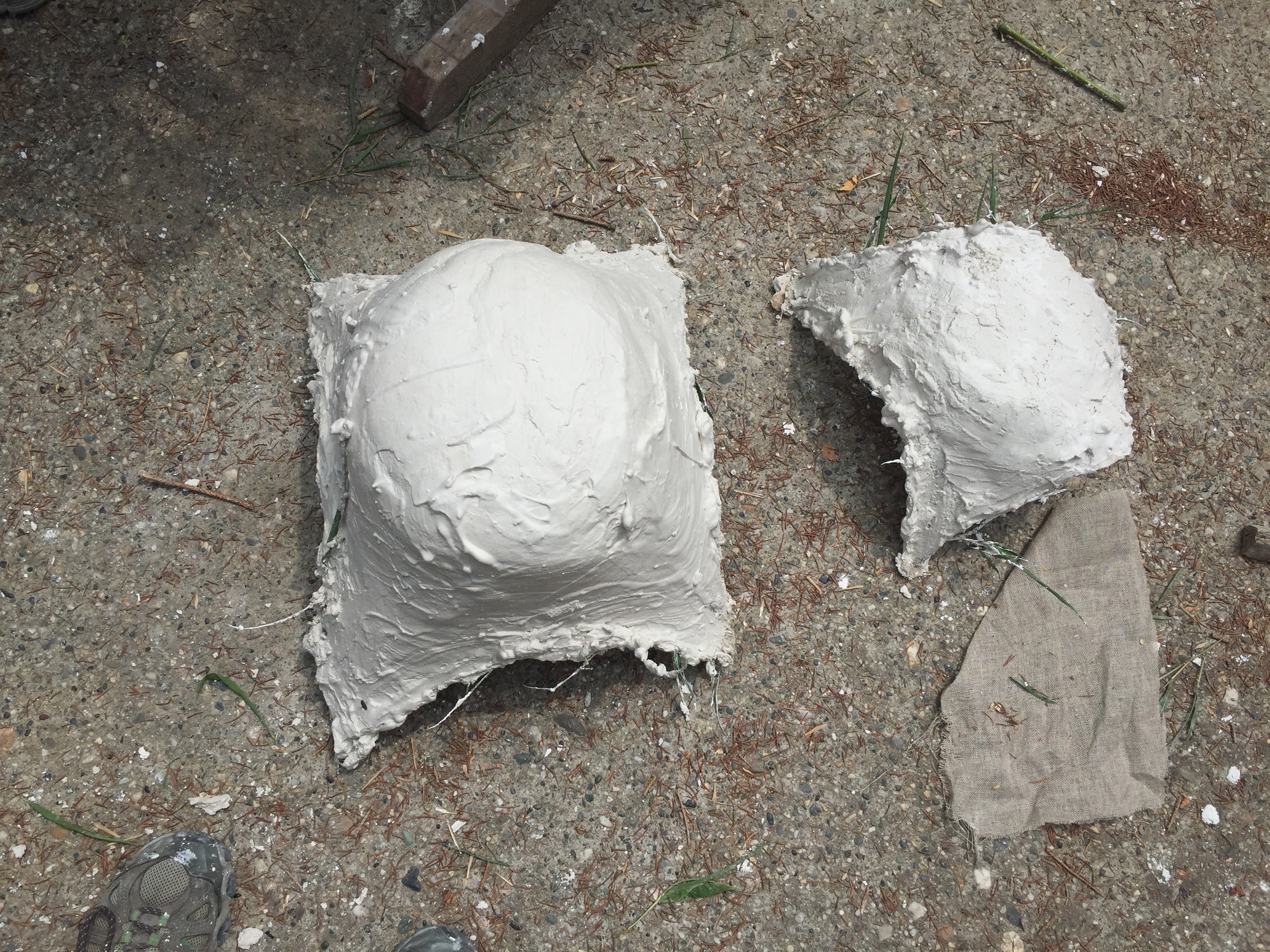
Some of our final mini vaults
Using our couple hours of experience of making the small structures, we were then given the challenge of creating a larger structure that would span two meters and could sustain the weight of Professor Masic. We followed similar procedures compared to the smaller structures, this time carefully choosing our vault form, fortifying the edges and corners with thick layers of gypsum, and imbedding long, sturdy branches of bamboo along the edges and the diagonals to distribute any future stresses more effectively. After allowing the structures to dry for a few hours, unfortunately one of the two that we had made collapsed; but, we were told that it may not have been the structure that was the problem. It likely collapsed because of the material and its application: too much water had been applied to the surface of the dome after the gypsum had been applied, and once gypsum has already reacted once with water, it weakens upon second contact with it. The other dome however, after ringing with a large hollow “clunk clunk clunk” sound when knocked upon, survived its one-hundred-and-eighty-degree flip and not only maintained the weight of Professor Masic, but also, to our surprise, a total of eight of us MIT students. After the last person stepped onto the span, it clunked to the floor, revealing a weakness that hadn’t been in the dome itself, but in the wooden make-shift frame that had contained it. The architect who supervised this entire project estimated that the corners of the gypsum vault had resisted the force of around two tons. Who knew that gypsum could be so strong?
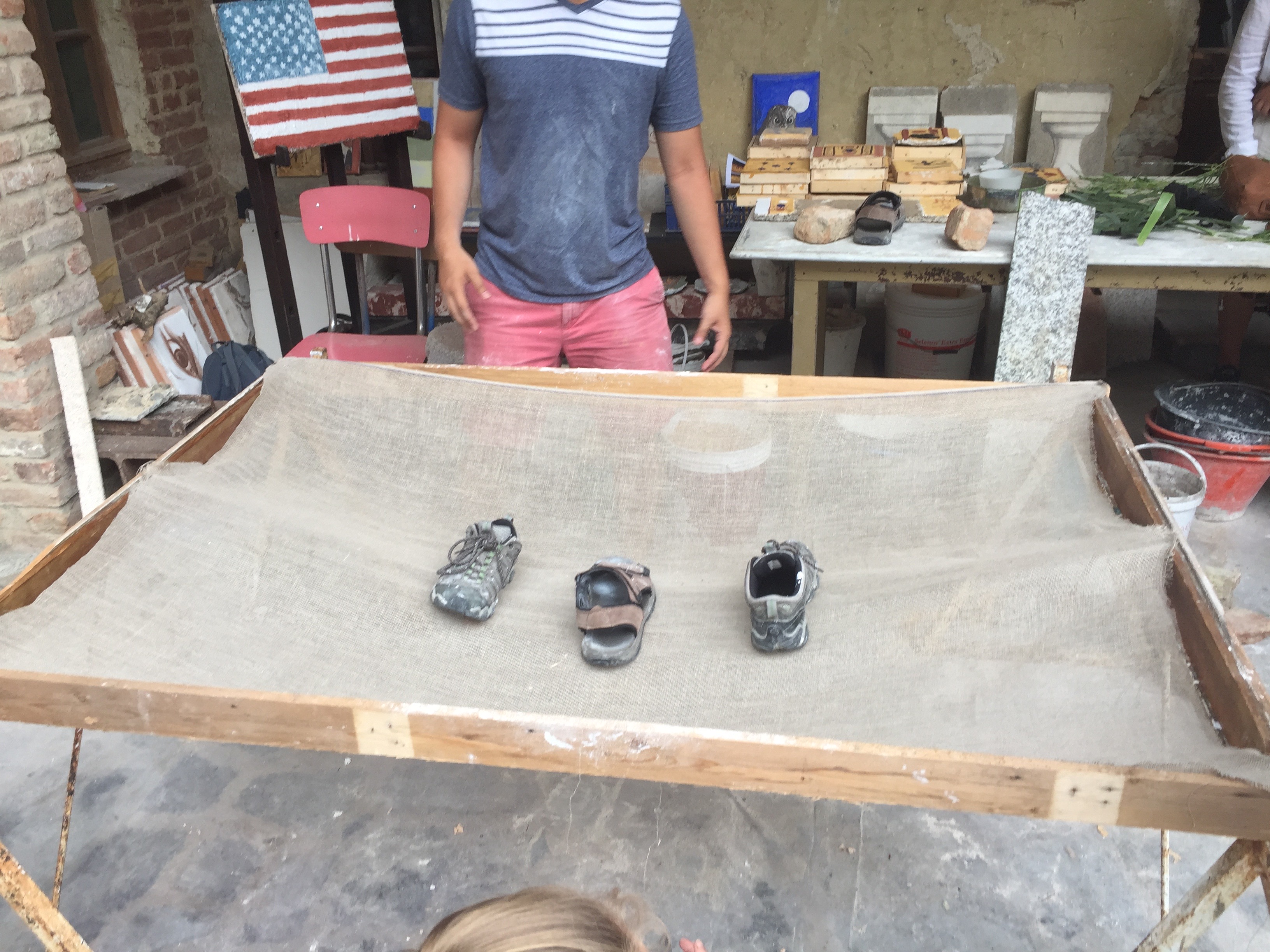
Trying to shape our large vault before we applied gypsum
And that, though many of us are saddened to acknowledge it, was our last project of ONE-MA^3. We not only got to learn all about the core materials of art, architecture, and archeology. We not only got to actively participate in the extensive exploration of the conservation of cultural heritage and scientific processes which are used to analyze it. We got to travel across Italy, from small medieval villages to larger, ancient cities like Pompeii, Rome, and Turin, working on projects with other MIT students that will contribute to the studies of the archeological scientific community, learning from each other, making mistakes and solving them with one another, and sharing experiences together that will certainly help shape the rest of our journeys at MIT and even, perhaps for some of us, the rest of our lifetimes to come.

We were covered head to toe with gypsum!
Share on Bluesky

